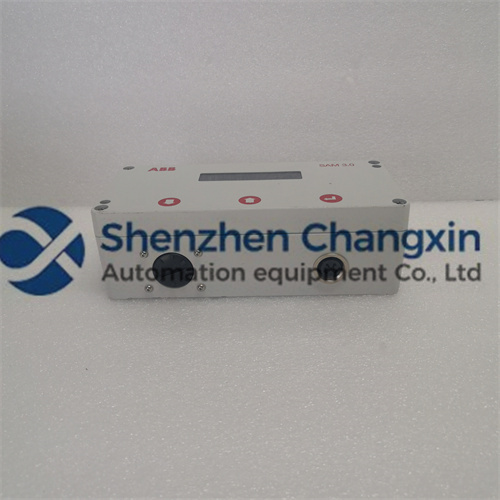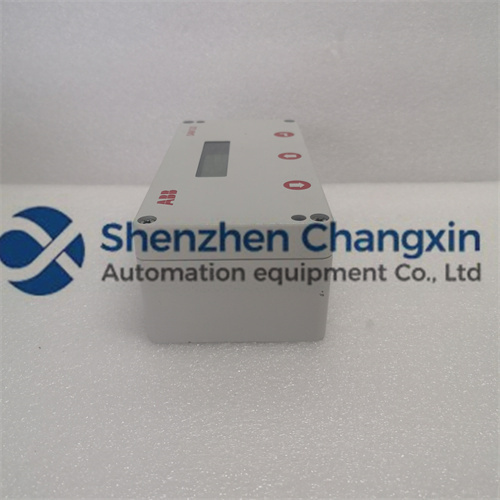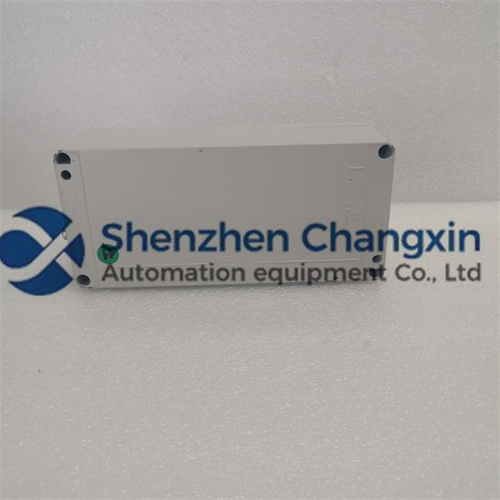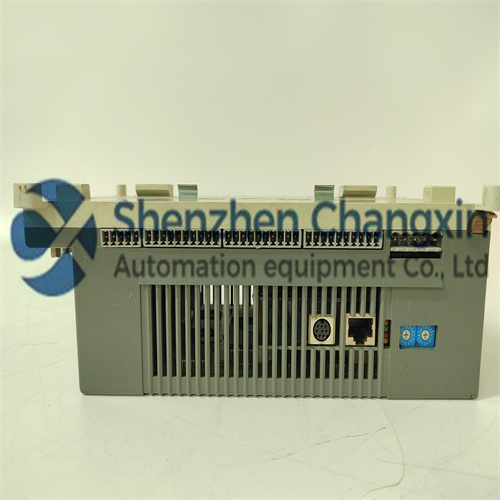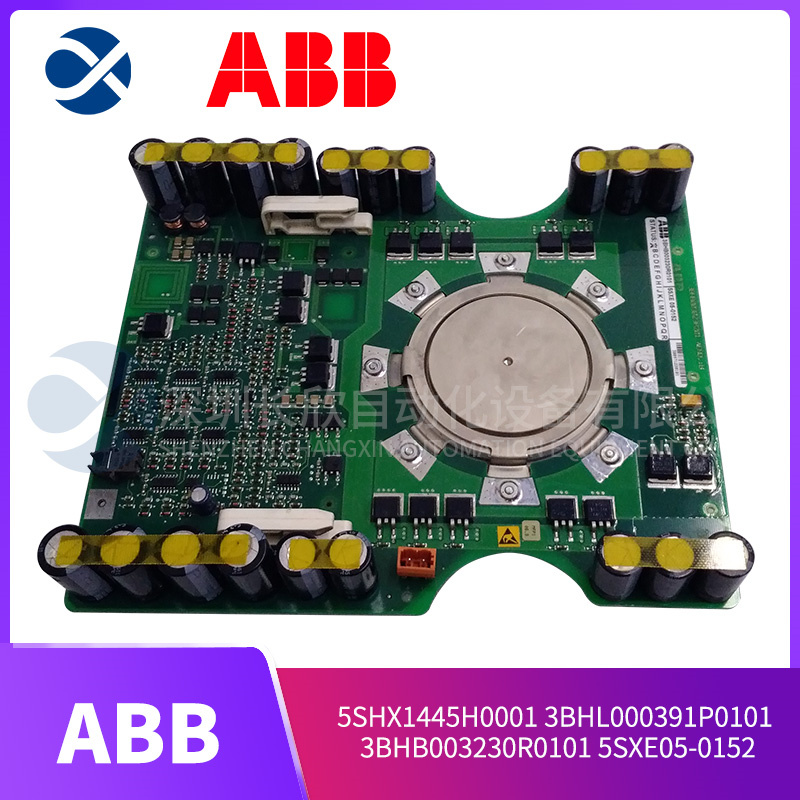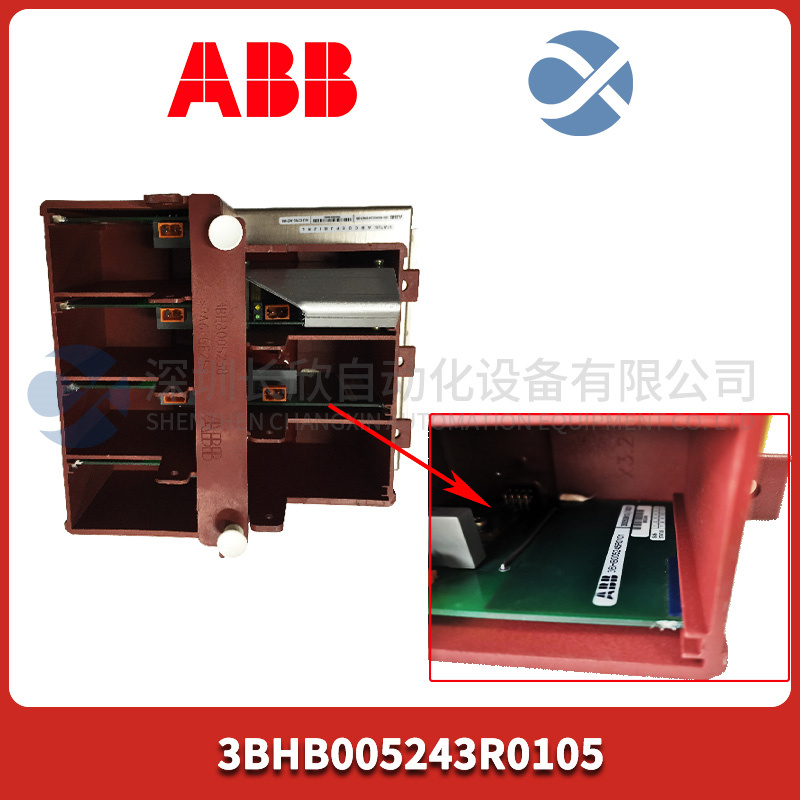Description
- Product Name:
- ABB SAM3.0
- Product Description:
- ABB SAM3.0 is a smart active metering device that combines metering, protection, and connectivity for low-voltage electrical systems. It is a part of ABB’s advanced metering infrastructure (AMI) solution, which enables utilities to manage their power distribution networks more efficiently and effectively.
- The SAM3.0 device offers a range of metering functions, including active and reactive energy metering, voltage and current measurements, and power quality analysis. It also provides protection features such as overcurrent and undervoltage tripping, as well as load monitoring and event logging capabilities.
- The device is designed for easy installation and integration into existing electrical systems. It supports various communication protocols, allowing for remote metering, control, and data access. With its smart capabilities, the SAM3.0 can help utilities improve system reliability, reduce energy losses, and enhance customer service.
- Product Parameters:
- The specific parameters of the ABB SAM3.0 may vary depending on the configuration and application requirements. However, some common parameters may include:
- Metering Functions: The type and range of metering functions supported by the device, such as active and reactive energy metering, voltage and current measurements, and power quality analysis.
Protection Features: The protection functions provided by the device, such as overcurrent and undervoltage tripping, as well as any associated trip settings and thresholds.
Communication Interfaces: The communication protocols supported by the SAM3.0, allowing for remote metering, control, and data access. This may include wired and wireless communication options.
Physical Dimensions and Mounting: The dimensions of the device, including its width, height, and depth, as well as any specific mounting requirements or accessories needed for installation.
Power Supply: The power source and voltage range required by the SAM3.0 for normal operation. - Product Specification:
- The product specification for the ABB SAM3.0 provides detailed technical information about its design, construction, and capabilities. A specification document would typically cover the following aspects:
- General Description: Overview of the device’s purpose, functionality, and main features.
Technical Characteristics: Technical specifications including metering accuracy, protection functions, communication interfaces, and power supply requirements.
Dimensions and Mounting: Detailed dimensions of the device, including any specific mounting instructions or accessories required for installation.
Environmental Conditions: Information about the environmental operating conditions of the SAM3.0, including temperature range, humidity, and any other relevant factors.
Safety and Compliance: Details on any safety certifications or industry standards the device complies with, such as IEC or UL certifications.
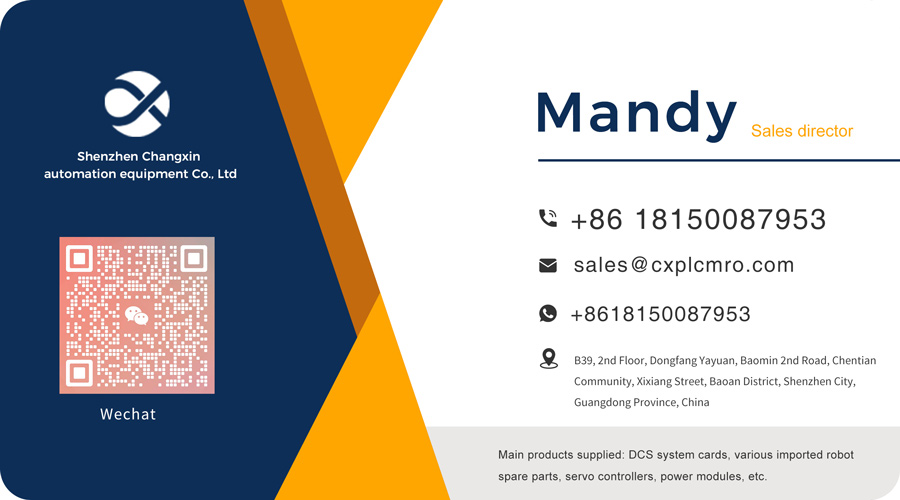
 WhatsApp:+86 18005022363 WeChat: +86 18005022363 /+86 18150887953
WhatsApp:+86 18005022363 WeChat: +86 18005022363 /+86 18150887953  Email:
Email:
